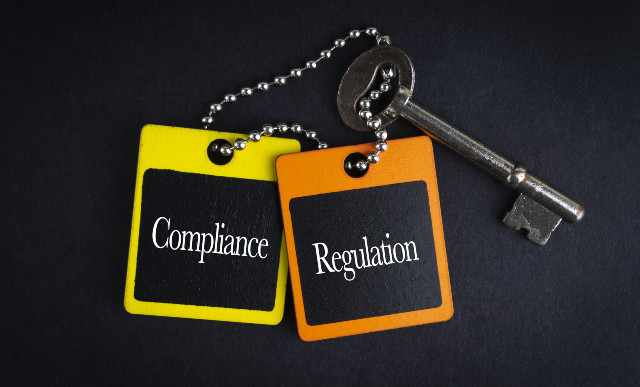Regulators Mull Climate Change Risk Disclosure Rules
More Firms Publish Sustainability Reports
Meet the Authors
More regulators are considering requiring companies to disclose the potential impact of climate change on their business and the mitigation measures they are putting in place.
For example, the U.S. Securities and Exchange Commission (SEC) is developing rules for companies to disclose their exposure to climate change risk and detail climate change mitigation plans in their annual reports, SEC Chair Gary Gensler told a recent audience of public company executives in Washington, D.C.
Investors are also scrutinizing companies’ climate change vulnerabilities, such as supply chain, operations, products, and services.
In response, companies have begun publishing sustainability reports, also known as environmental, social, and governance (ESG) reports. Nine in ten S&P 500 companies publish annual sustainability reports, according to the Governance and Accountability Institute.
However, these companies use a variety of ESG reporting frameworks, such as the Global Reporting Initiative, Sustainability Accounting Standards Board, International Integrated Reporting Council, Task Force on Climate-related Financial Disclosure, and the U.N.’s Sustainable Development Goals.
This diversity makes it difficult for regulators, investors, and stakeholders to assess and compare ESG reports across companies and industries.
“We need more standardized environmental, social, and governance (ESG) reporting frameworks as businesses are increasingly required to disclose their impacts,” says Daniel Schmid, SAP’s Chief Sustainability Officer. “It’s clear that strong performance in these non-financial areas is a competitive advantage and supports long-term business value creation,” he adds.
Schmid supports the development of a universal set of ESG reporting standards to enable comparison and assessment of companies’ progress on mitigating the impact of climate change on their business and the world.
For its part, SAP has committed to achieve net-zero carbon dioxide emissions across its value chain by 2030.
“We remain firmly committed to leading by example in our efforts to run our business sustainably and report our progress. Equally important is that we share our knowledge with our customers and enable them to achieve their own sustainability goals with our growing portfolio of solutions,” says Luka Mucic, SAP Chief Financial Officer.
SAP Sustainability Advice
SAP recommends that companies take five actions to reduce emissions and achieve sustainability:
- Establish a sustainable business strategy that integrates sustainability management across business areas, promotes visible leadership from the top, and mandates reporting on non-financial performance with the same rigor as financial performance.
- Embed sustainability business data into processes and networks to provide visibility across functions for better decision-making and share data with partners, industry associations, regulators, and nongovernmental organizations.
- Manage carbon and climate exposure throughout the business by placing an internal price on carbon emissions and accounting for carbon emissions down to the product level.
- Embrace circularity and become regenerative by eliminating waste and pollution, recycling products and materials, and adopting regenerative principles for the business.
- Prioritize people across the value chain by respecting workforce diversity, safety, and human rights; developing the workforce through education and growth opportunities; and leveraging purchasing power to benefit the environment.
“If every company took these actions, we would collectively reinvent businesses, industries, and economies to deliver the positive outcomes we need for our environment and societies everywhere,” concludes SAP.









